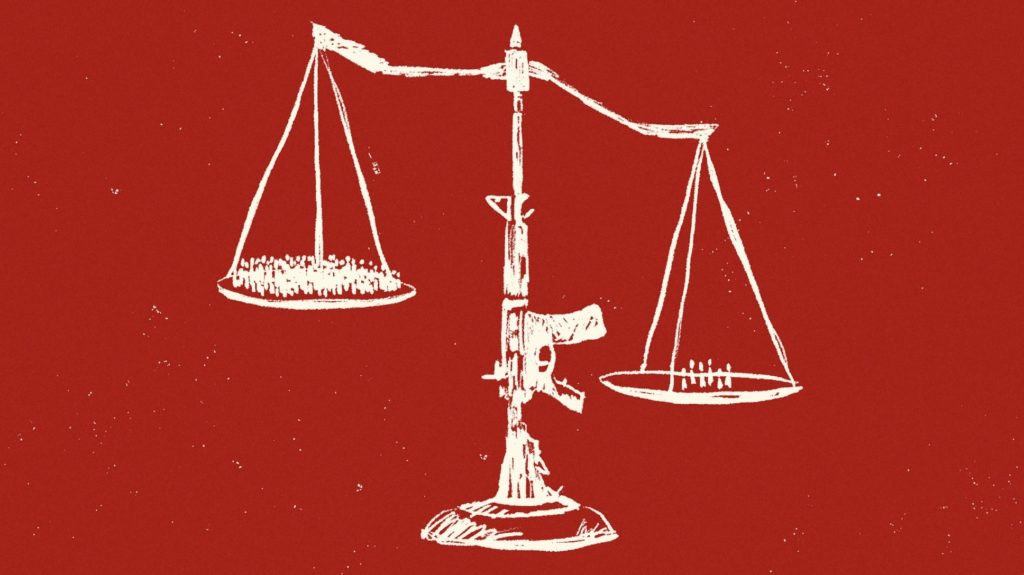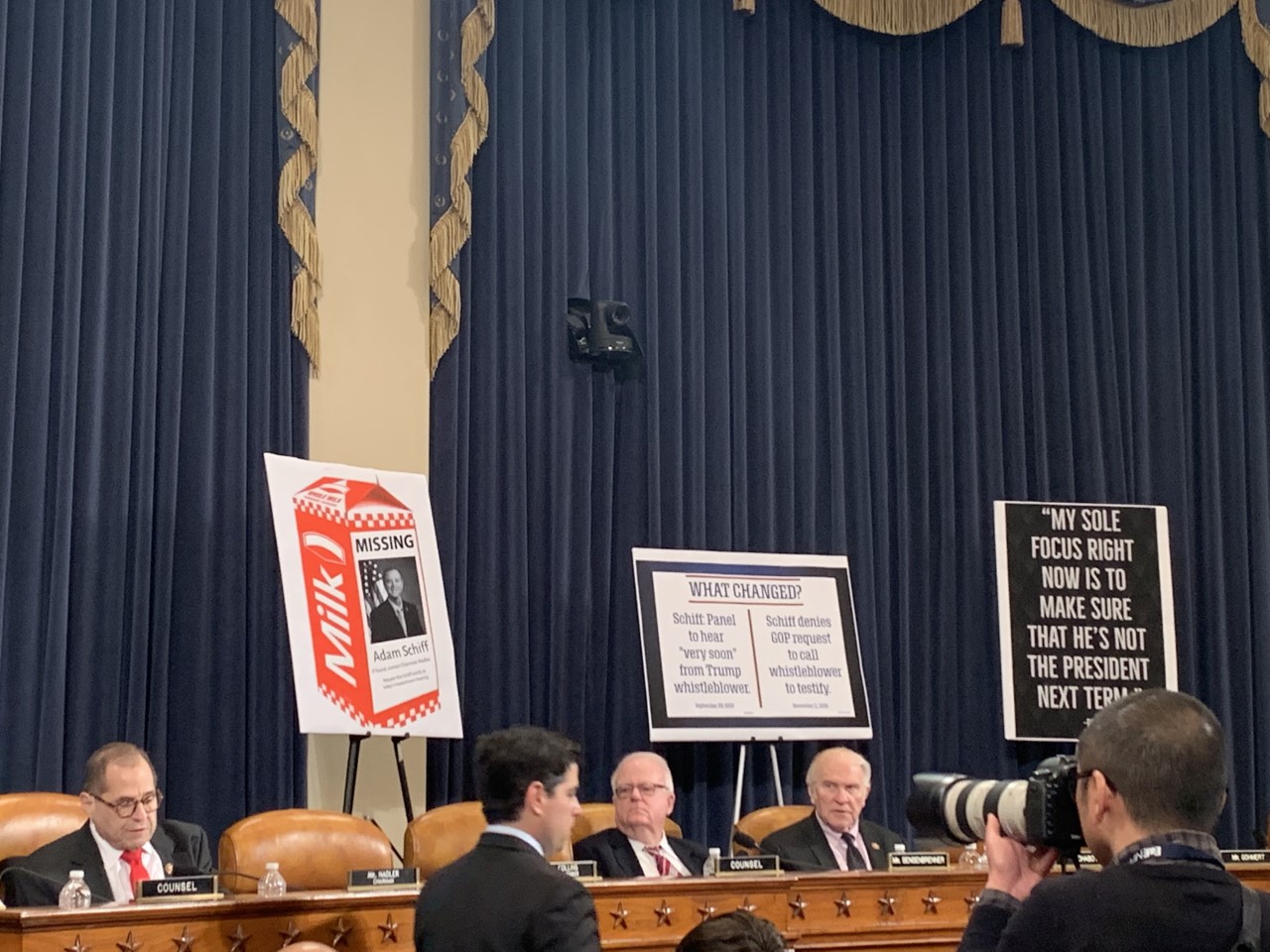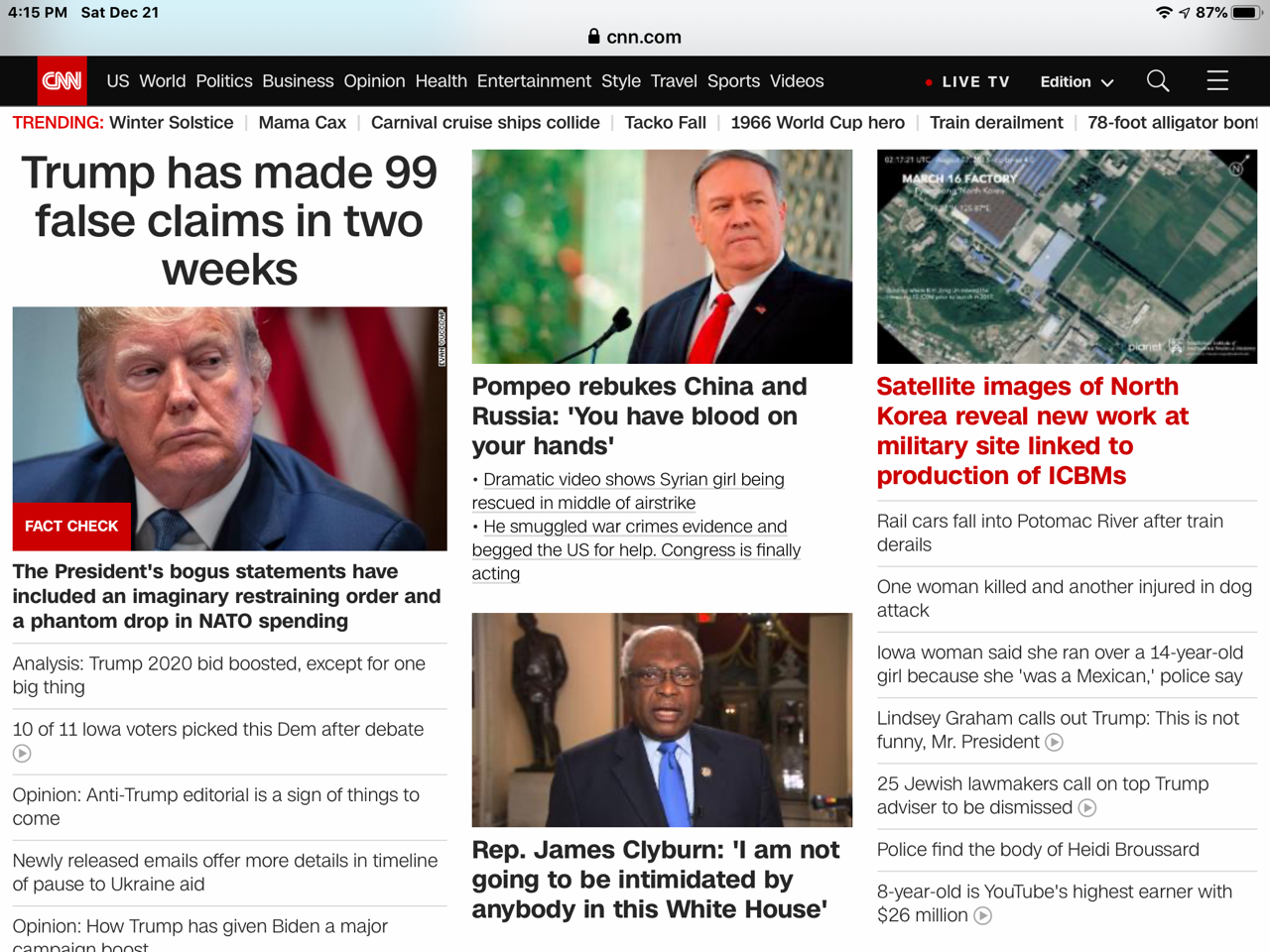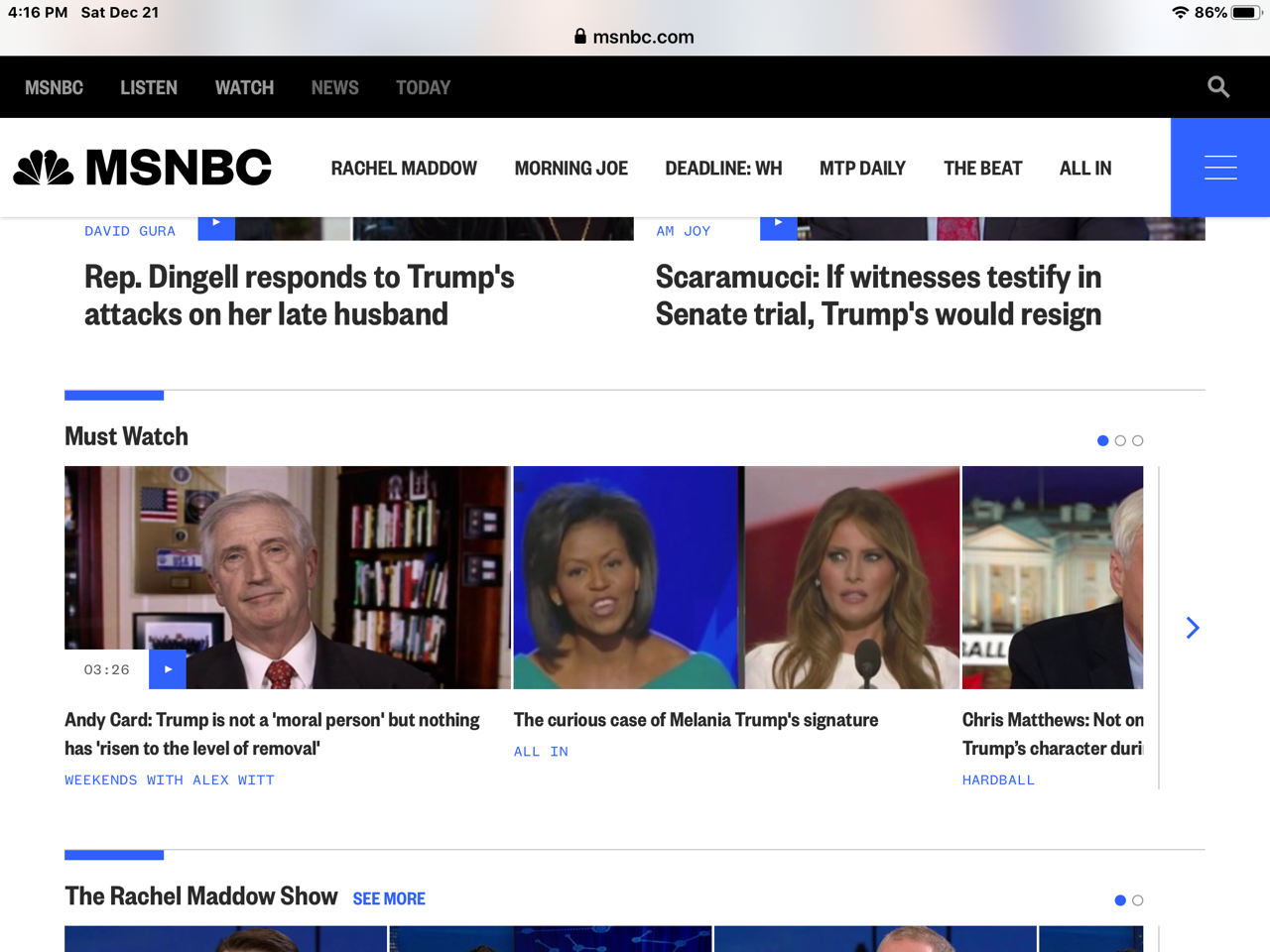(The Scientific American)
Some editorials simply hurt to write. This is one.
At least 19 elementary school children and two teachers are dead, many more are injured, and a grandmother is fighting for her life in Uvalde, Tex., all because a young man, armed with an AR-15-style rifle, decided to fire in a school.
By now, you know these facts: This killing spree was the largest school shooting since Sandy Hook. Law enforcement couldn’t immediately subdue the killer. In Texas, it’s alarmingly easy to buy and openly carry a gun. In the immediate hours after the shooting, President Biden demanded reform, again. Legislators demanded reform, again. And progun politicians turned to weathered talking points: arm teachers and build safer schools.
But rather than arm our teachers (who have enough to do without keeping that gun away from students and having to train like law enforcement to confront an armed attacker), rather than spend much-needed school dollars on more metal detectors instead of education, we need to make it harder to buy a gun. Especially the kind of weapons used by this killer and the white supremacist who killed 10 people grocery shopping in Buffalo. And we need to put a lasting stop to the political obstruction of taxpayer-funded researchinto gun-related injuries and deaths.
The science is abundantly clear: More guns do not stop crime. Guns kill more children each year than auto accidents. More children die by gunfire in a year than on-duty police officers and active military members. Guns are a public health crisis, just like COVID, and in this, we are failing our children, over and over again.
In the U.S., we have existing infrastructure that we could easily emulate to make gun use safer: the National Highway Traffic Safety Administration. Created by Congress in 1970, this federal agency is tasked, among other things, with helping us drive a car safely. It gathers data on automobile deaths. It’s the agency that monitors and studies seat belt usage. While we track firearm-related deaths, no such safety-driven agency exists for gun use.
During the early 1990s, the Centers for Disease Control and Prevention began to explore gun violence as a public health issue. After studies tied having a firearm to increased homicide risk, the National Rifle Association took action, spearheading the infamous Dickey Amendment, diverting gun research dollars and preventing federal funding from being used to promote gun control. For more than 20 years, research on gun violence in this country has been hard to do.
What research we have is clear and grim. For example, in 2017, guns overtook 60 years of cars as the biggest injury-based killer of children and young adults (ages one to 24) in the U.S. By 2020, about eight in every 100,000 people died of car crashes. About 10 in every 100,000 people died of gun injuries.
While cars have become increasingly safer (it’s one of the auto industry’s main talking points in marketing these days), the gun lobby has thwarted nearly all attempts to make it harder to fire a weapon. With federal protection against some lawsuits, the financial incentive of a giant tort payout to make guns safer is virtually nonexistent.
After the Uvalde killings, the attorney general of Texas, Ken Paxton, said he’d “rather have law-abiding citizens armed and trained so that they can respond when something like this happens.” Sen. Ted Cruz emphasized “armed law enforcement on the campus.” They are two of many conservatives who see more guns as the key to fighting gun crime. They are wrong.
A study comparing gun deaths the U.S. to other high-income countries in Europe and Asia tells us that our homicide rate in teens and young adults is 49 times higher. Our firearm suicide rate is eight times higher. The U.S. has more guns than any of the countries in the comparison.
As we previously reported, in 2015, assaults with a firearm were 6.8 times more common in states that had the most guns, compared to the least. More than a dozen studies have revealed that if you had a gun at home, you were twice as likely to be killed as someone who didn’t. Research from the Harvard School of Public Health tells us that states with higher gun ownership levels have higher rates of homicide. Data even tells us that where gun shops or gun dealers open for business, killings go up. These are but a few of the studies that show the exact opposite of what progun politicians are saying. The science must not be ignored.
Science points to laws that would work to reduce shootings, to lower death. Among the simplest would be better permitting laws with fewer loopholes. When Missouri repealed its permit law, gun-related killings increased by 25 percent. Another would be to ban people who are convicted of violent crime from buying a gun. In California, before the state passed such a law, people convicted of crimes were almost 30 percent more likely to be arrested again for a gun or violent crime than those who, after the law, couldn’t buy a gun.
Such laws, plus red flag laws and those taking guns out of the hands of domestic abusers and people who abuse alcohol, would lower our gun violence rate as a nation. But it would require elected officials to detach themselves from the gun lobby. There are so many issues to consider when voting, but in this midterm election year, we believe that protection from gun violence is one that voters could really advance. Surveys routinely show that gun control measures are extremely popular with the U.S. population.
In the meantime, there is some hope. Congress restored funding for gun-related research in 2019, and there are researchers now looking at ways to reduce gun deaths. But it’s unclear if this change in funding is permanent. And what we’ve lost is 20 years of data on gun injuries, death, safety measures and a score of other things that could make gun ownership in this country safer.
Against all this are families whose lives will never be the same because of gun violence. Who must mourn children and adults lost in domestic violence, accidental killings and mass shootings that are so common, we are still grieving one when the next one occurs.
We need to become the kind of country that looks at guns for what they are: weapons that kill. And treat them with the kind of respect that insists they be harder to get and safer to use.
And then we need to become the kind of country that says the lives of children are more valuable than the right to weapons that have killed them, time and again. Since Columbine. Since Sandy Hook. Since always.







